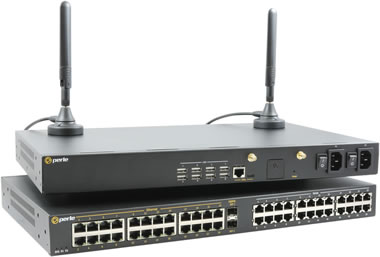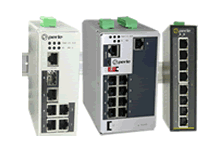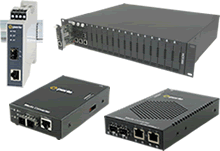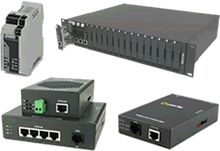Quality of Service (QoS)
Defining QoS and identifying its impact on high-priority applications
VoIP, video collaboration, networked video security, and remote monitoring have increasing bandwidth requirements and are common tools in business of all sizes. Users of these technologies have an extremely low tolerance for any form of delay in voice or video transmission. However, traditional IP networks First-in-First-Out (FIFO) standards struggle to meet the reliability and quality expectations of these advanced network-based systems.
QoS tools can prioritize traffic based on users, network segments, or applications. Tools can also be set up to reserve or limit bandwidth for certain users or applications. In addition, some applications can be completely stopped. QoS makes this possible by giving businesses the network management tools necessary for efficient data delivery by reducing the overall impact of delay when the network is congested.
While adding more bandwidth may help resolve some problems, it is more likely that the new capacity will get swallowed up quickly, especially when the network is operating at, or close to, peak capacity during heavy usage periods. Instead, organizations should focus on improving routing to make the most out of the bandwidth that is available. Quality of Service (QoS) tools can accomplish this by helping businesses recognize where bottlenecks are happening. The network administrator can then use QoS to manage bandwidth by applying a set of tools so that certain traffic can be identified and tagged as high-priority and transmitted first over the LAN.
The routing capabilities included in QoS can help businesses overcome issues of latency and over-compression. While these problems are not a major issue with traditional processes, such as loading websites or accessing databases, they are critical problems when dealing with voice and video. In these settings, latency and compression issues can derail the end-user experience. Using QoS routing capabilities can ensure the right content is prioritized within the network.
Gaining the routing benefits of QoS systems require and end-to-end commitment throughout the network. If the QoS setup is only applied to a single portion of the network, its routing instructions will be cast aside once data has left the initial bottleneck, recreating the initial performance problems. As a result, it is critical that businesses use end-to-end equipment that supports QoS capabilities to ensure prioritization is enacted throughout the network.
Perle Products with QoS Features
Perle supported QoS features include:
- Bandwidth allocation via ingress and egress rate limiting
- IEEE 802.1P tagged frame priority control
- IEEE 802.1P priority tag remapping
- IP Type of Service (ToS) priority for IPV4 Differentiated Services (Diffserv)
- IP ToS priority for IPV6 traffic class frames
- Congestion Service Policy through Weighted Fair Queuing (WQF)
- Congestion Service Policy through Strict Priority Queuing





